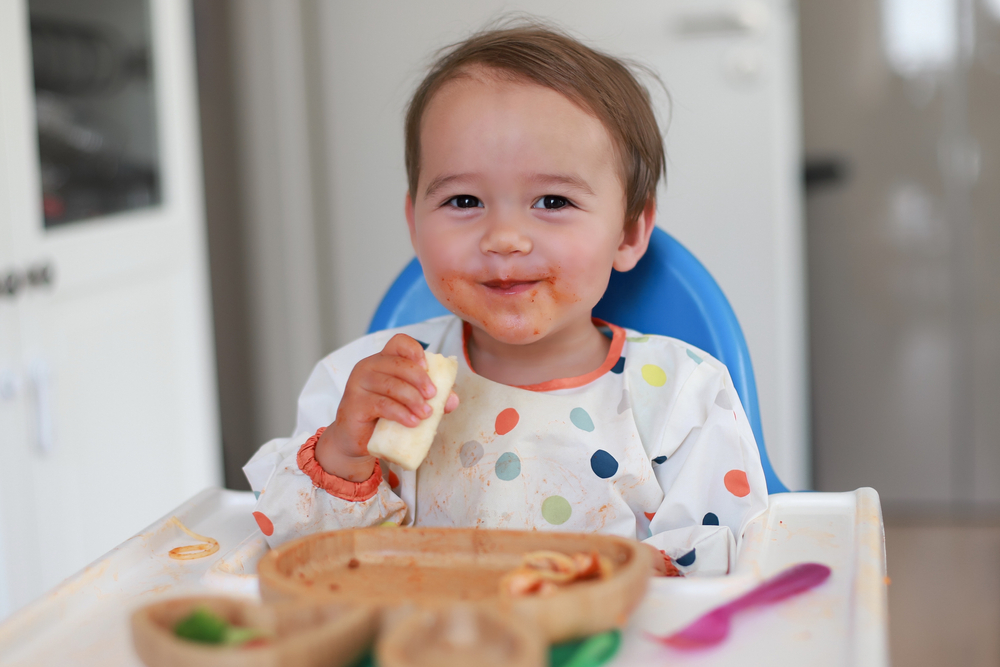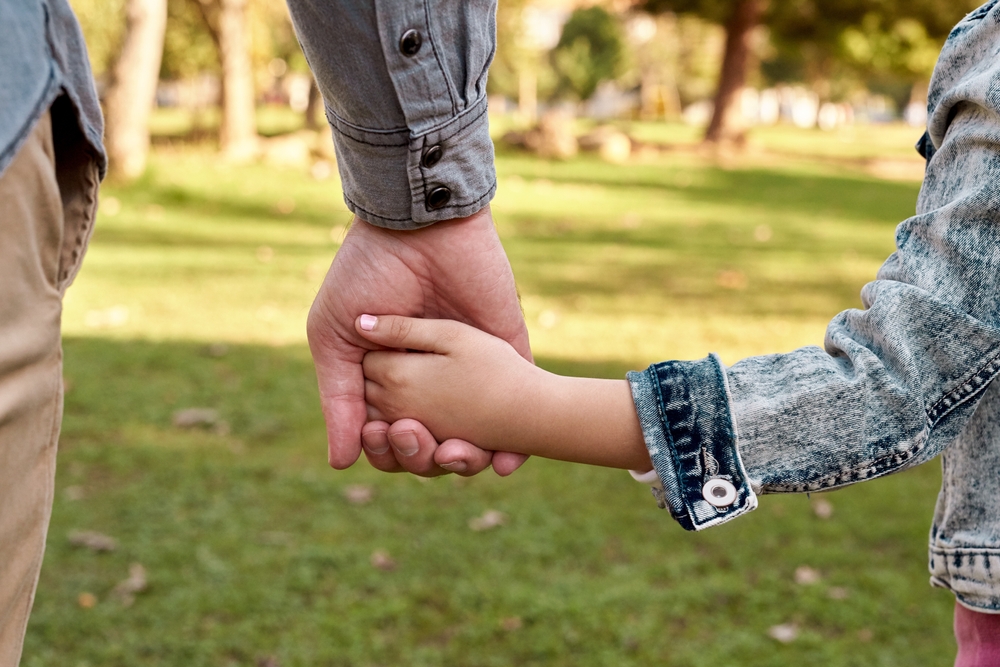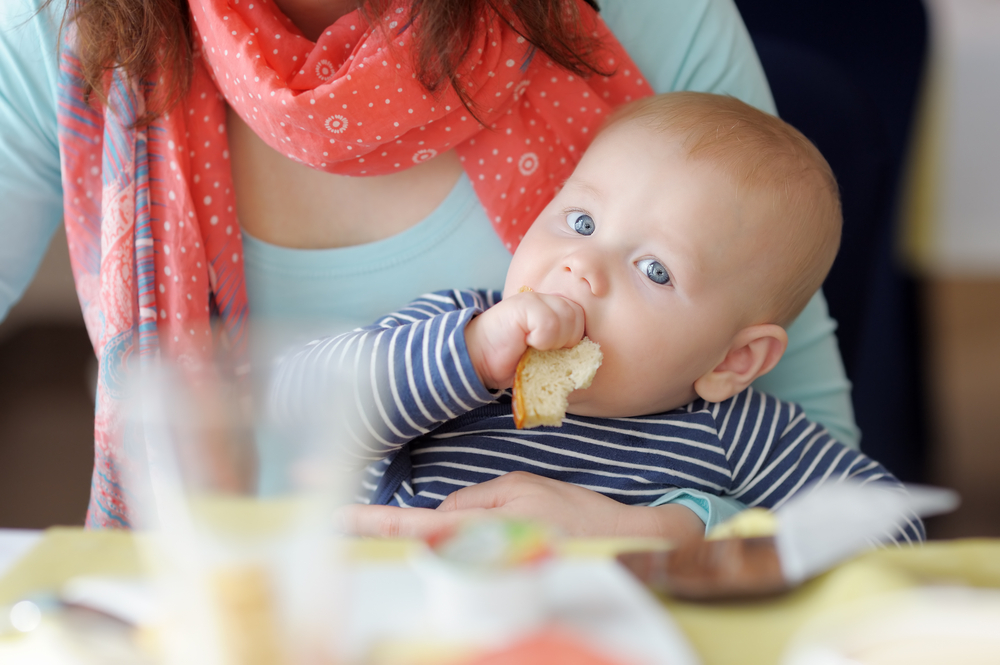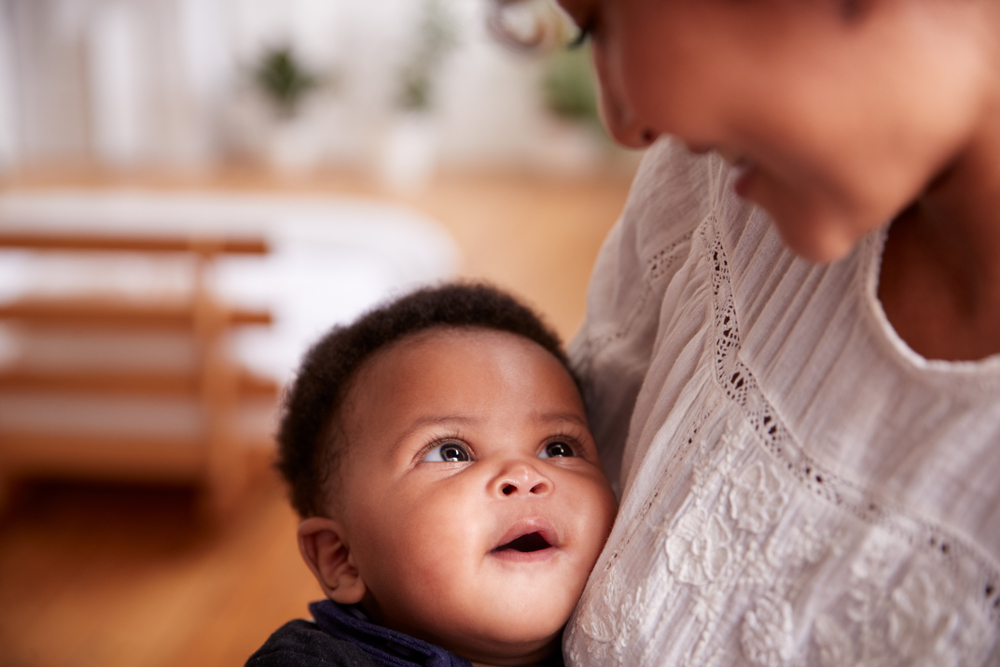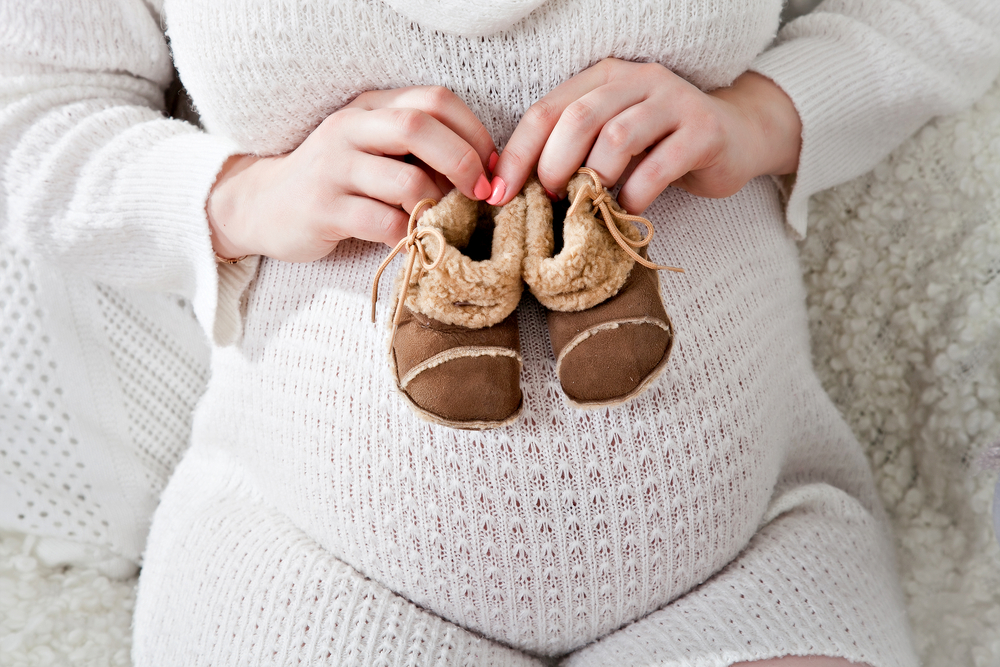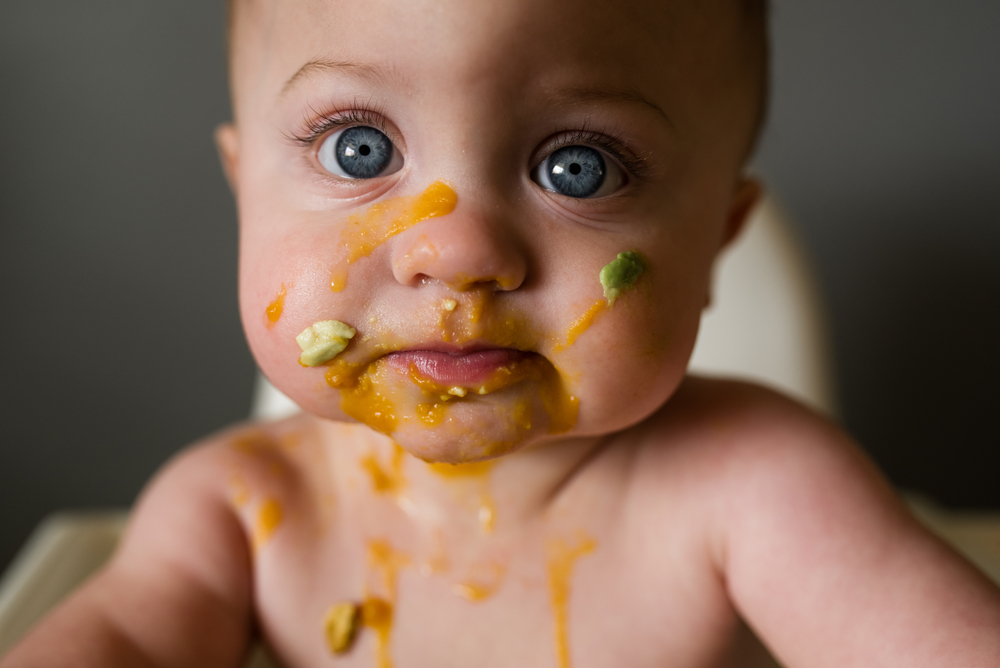Just when you thought you’d got the hang of breastfeeding or mastered the bottle routine; another spanner is thrown into the works. Now, your little one is 6 months and it’s time to start getting their taste buds excited.
Milk isn’t forever! So, they need to be introduced to lots of yummy, solid foods. In other words, get ready for weaning! Don’t worry though, it’s not really a spanner in the works, because it’s actually really fun. We’re not denying that at times it can be a tad messy. However, it’s all part of the exciting journey with your bundle of joy!
You may hear terms like baby led, purees and sippy cups and feel like you have no idea what they mean. Or, you may not even know where to begin with how to wean a baby or when to start weaning? But that’s ok! At Kiddies Kingdom, we’re here to help to make things clear and simple for you. Leave it to us and by the end of this guide, you’ll be a weaning expert!
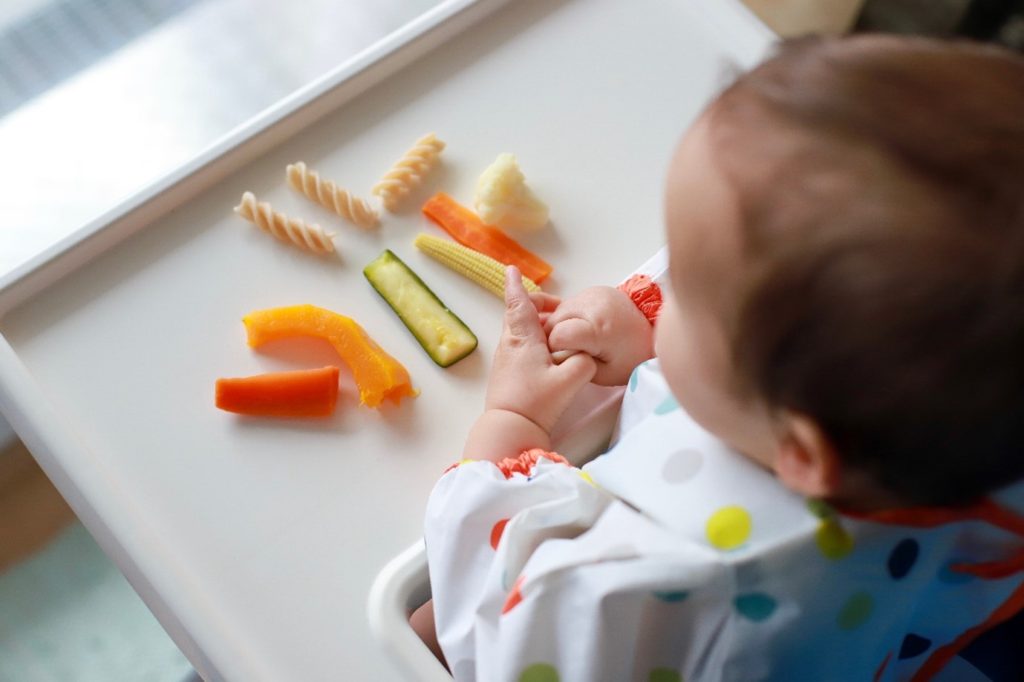
Here are our top tips on how to get started:
1. Is your baby ready?
Whilst friends and family may all have differing opinions on when to start weaning, experts recommend solid foods, not to be given to little ones until they’re 6 months old. At first, breast milk or infant formula will give them the nutrients they need. Just because your tot has had a growth spurt in their first 6 months, doesn’t mean they’re ready for solid foods!
The increased hunger will only be temporary, and their appetite should return to normal quickly. Extra breast milk or formula will be your saviour here! The signs to look out for which show your bub is ready include:
- Can sit upright and hold their head steady
- Able to coordinate their eyes, hands and mouth to look at their food, pick it up and pop it in their mouth
- Swallows food instead of spitting it back out
- Shows interest in the food on your plate
There are also indicators that are sometimes mistaken for your tot being ready:
- Chewing on their fists
- Wanting extra milk feeds
- Waking up more during the night than they normally do
It’s important to remember that these are just typical baby behaviours. It doesn’t automatically mean your baby is hungry or ready to be weaned. Apologies to all the lovely mums and dads out there, but food unfortunately isn’t the answer to your restless nights!
2. Choose a method
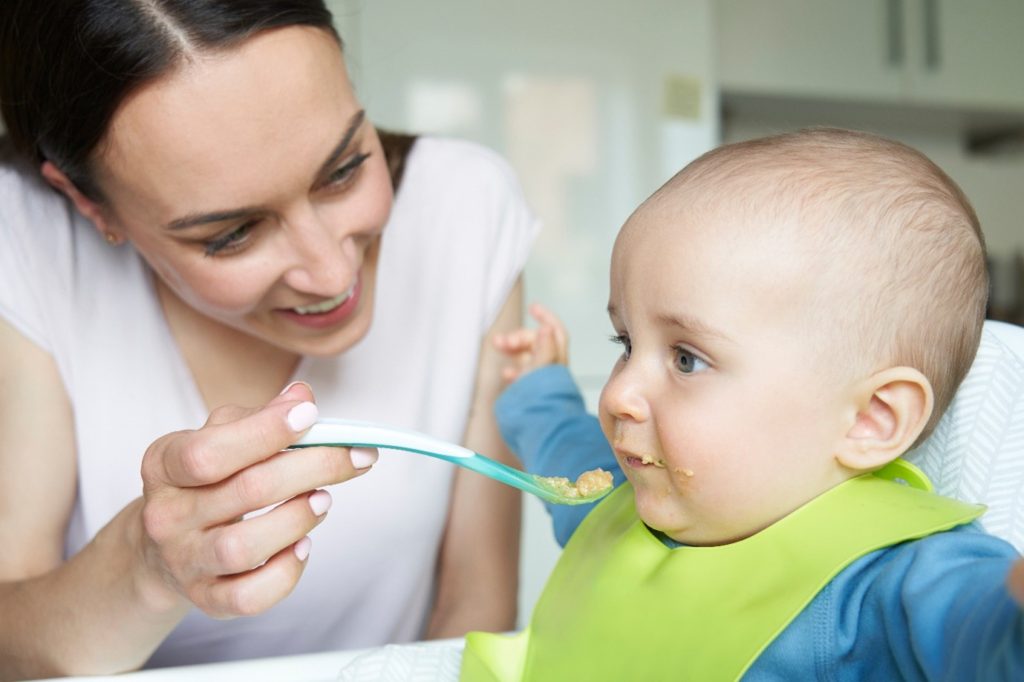
When it comes to how to wean a baby, there are two different techniques which most parents will try. Both are also completely valid ways to introduce food to your little one. The ultimate decision is down to you and what method you feel most comfortable following.
Traditional weaning
This approach involves giving your child soft, pureed food via a spoon, which is fed to them by you. When they reach about 7 or 8 months, solid foods can then be introduced gradually.
Baby-led weaning
For this method, your little one takes a little control! You skip the puree altogether, starting them directly onto solid foods. Rather than feeding your bub yourself, you simply leave the tasty treats in front of them, so they can try putting it in their mouth themselves. Remember – cut the food up into small chunks for their teeny tiny fingers and mouth!
As with most aspects of raising your child, there isn’t a right or wrong approach to weaning. It completely depends on what is more suited to your situation. So, the ‘right’ method is the one that works best for you and your little one. Don’t worry if at first it takes a little trial and error, to learn which technique is most appropriate for you!
3. Buy the correct equipment
As much as all mums out there would like to, you just can’t predict how weaning will go. Some tots take to it like a duck to water, whilst others need more time to get used to the new flavours. However, one thing that’ll guarantee a somewhat smoother transition is ensuring you have the right kit, from the get-go. Like most things relating to babies, there’s a hundred different items you can buy. However, our baby weaning checklist considers the top things:
- Highchair
- Plastic bowls
- Plastic spoons
- Trainer cup
- Bibs (lots of them)
- Floor mat (to shield your floor from flying food)
4. Picking foods
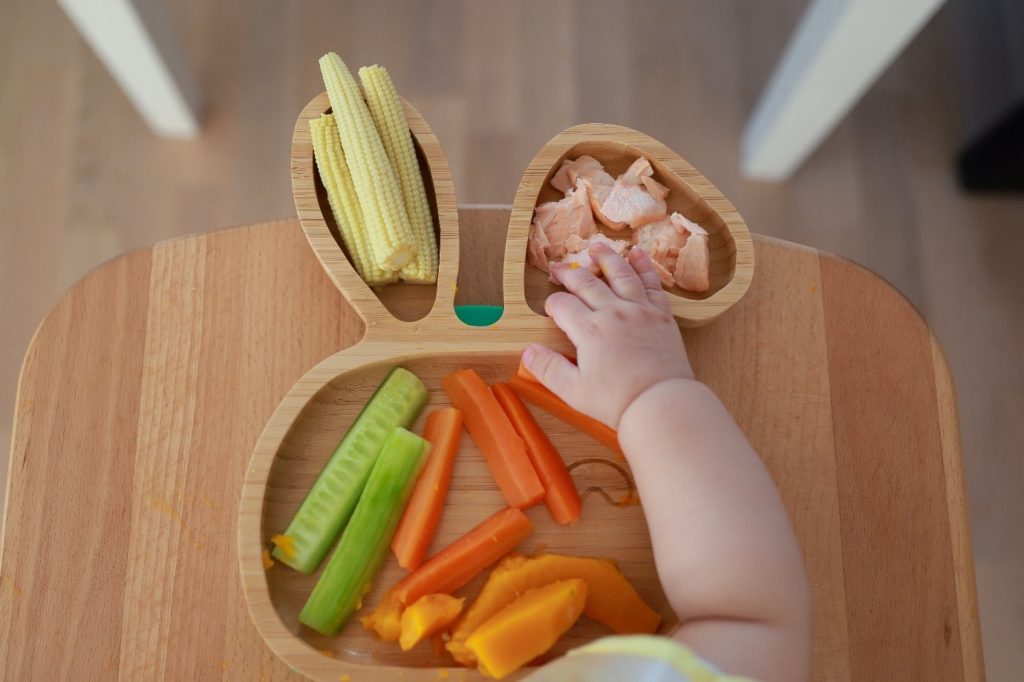
This is where it gets fun! Now, it’s time to decide what yummy, first foods you’re going to feed your bub. Whether you’re pureeing or going for the baby-led approach, try avoiding using bitter or strong flavours. Foods like banana, sweet potato, pear, and porridge are very popular. They’re great to start with, as your little one will be able to break them down more easily. Some of our other favourites include:
- Mango pieces
It’s full of vitamin A goodness, to keep your tot’s eyes healthy. Our top tip with mango is to leave the skin on, so it’s less slippery and easier for them to hold. - Steam broccoli florets
The texture of this juicy veg is great for little ones. Plus, their tree-like shape makes it easier for them to grasp. Let’s not forget all that vitamin C it has too! - Mild cheese sticks
Mini Edam cheeses are super scrumptious, as well as being an excellent source of calcium. After all, we want our little angels to have strong bones and teeth! - Thin strips of meat
Everyone needs protein, especially your tot. It will help with their growth and development. Slices of meat, like chicken or turkey are great foods to start with – or veggie alternatives if you wish. As your bub gets better at chewing, you can move onto meats like lean lamb or beef. - Toastie fingers
Don’t get us wrong, your baby will probably chew away at it until it’s a soggy mess! However, the texture will be super fun for them to play around with. Better yet, it’s a great snack for teething tots!
Our experts recommend introducing foods that could possibly cause allergic reactions, one at a time, and in small amounts.
This includes cow’s milk, eggs, peanuts, wheat, gluten, dairy and fish. By giving them to your bub gradually, you’ll be able to spot any side effects quickly. At the start, it’s less about how much they’re eating, and more about getting them used to the idea of munching. If you want more food inspiration, we’ve got recipes bursting with amazing flavours, for your budding foodie!
5. Best time to start
When to start weaning is a question we get asked a lot at Kiddies Kingdom. Our experts advise against giving your baby food when they’re desperately hungry. This is because it can lead to anger and frustration, as they struggle to work out how to eat it. Instead, choose a time when your bub is relaxed and happy. We recommend mid-morning, so they’re still relatively full from their a.m. milk, but hungry enough to try the food. To make mealtimes more fun, there’s lots of highchair accessories to experiment with!
Remember – just like how every mum and every baby is different, every breastfeeding experience is also different. Each one starts and ends under unique circumstances. Whether you breastfed for 1 week or 1 year, you should be proud of yourself! Our little treasures are learning so much during this milestone. So, it’s important not to put too much pressure on either yourself or your tot, when it comes to weaning.
Our advice is to just go with the flow! If it any point you have any concerns, there’s no harm in asking your GP for advice. Other than that, just have loads of fun with this journey. Your tot is about to have the most amazing sensory experience of their life!

